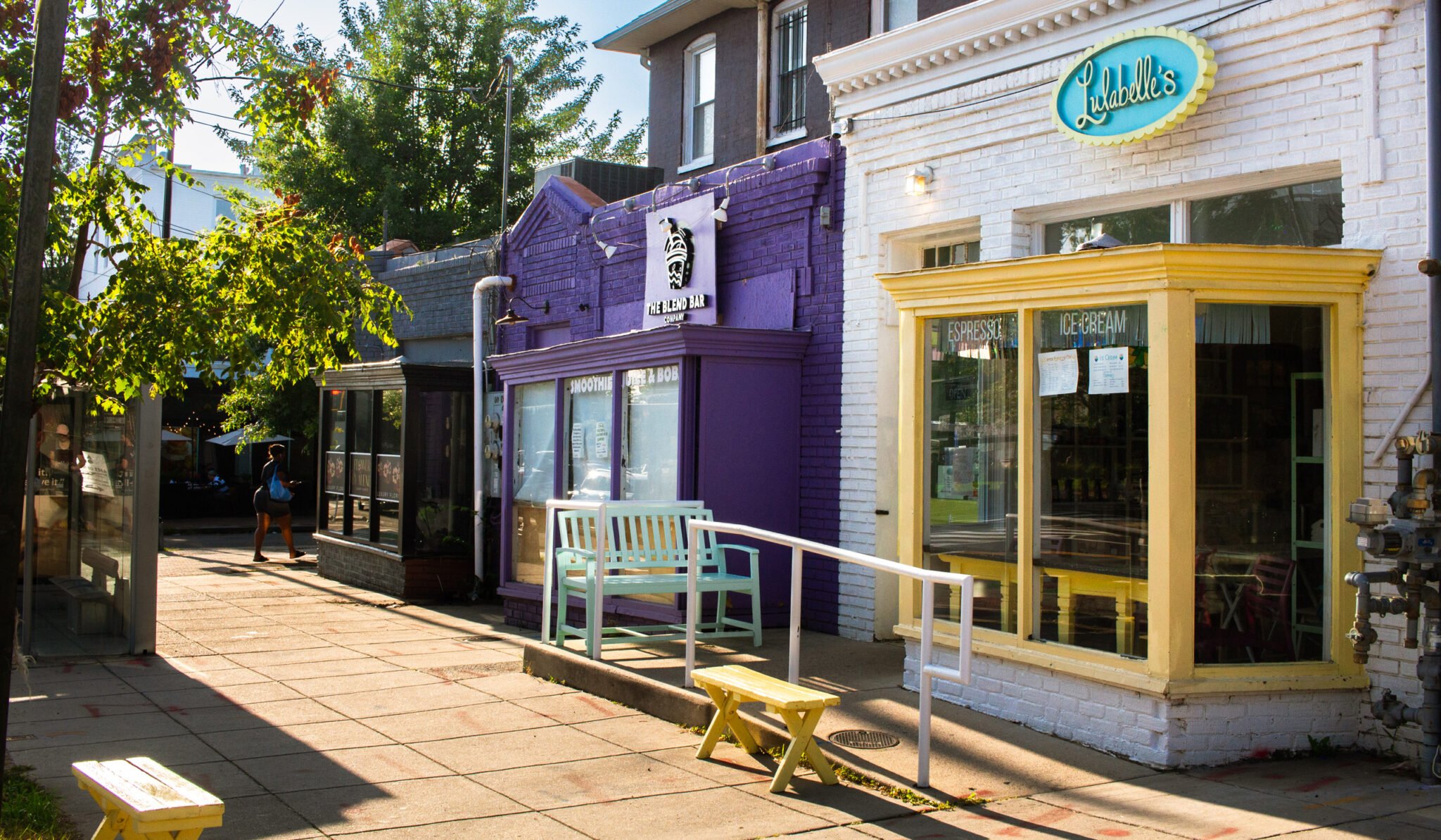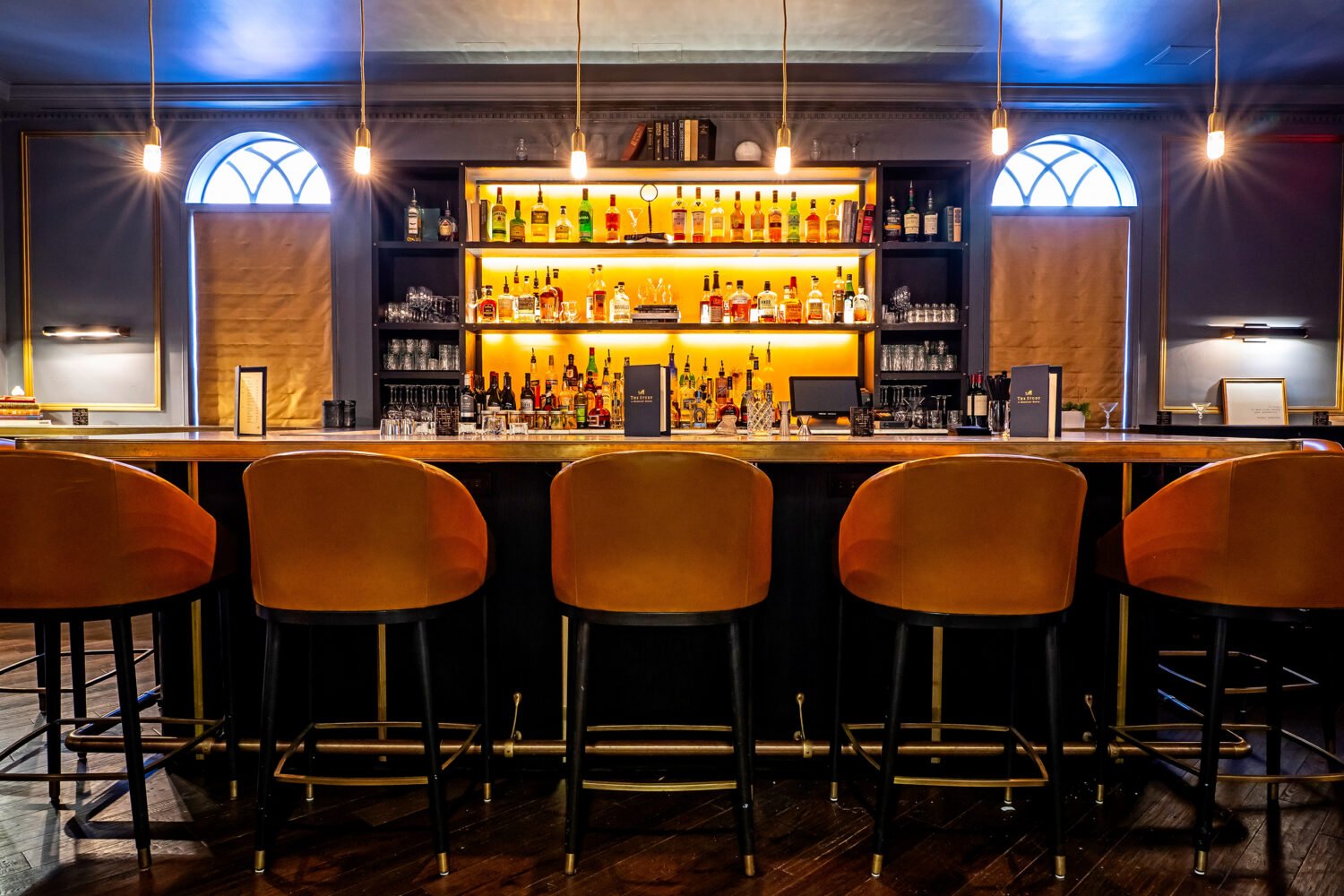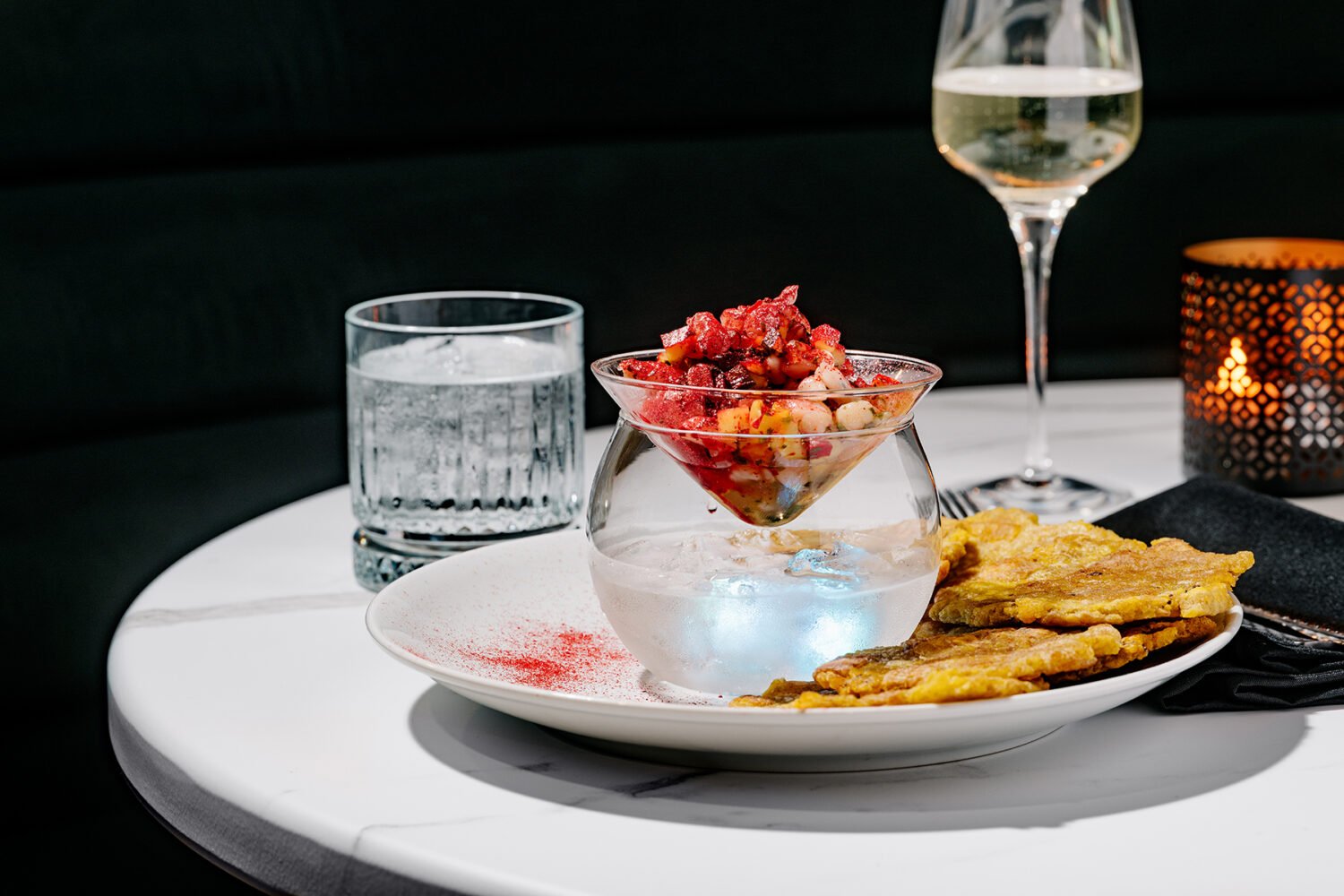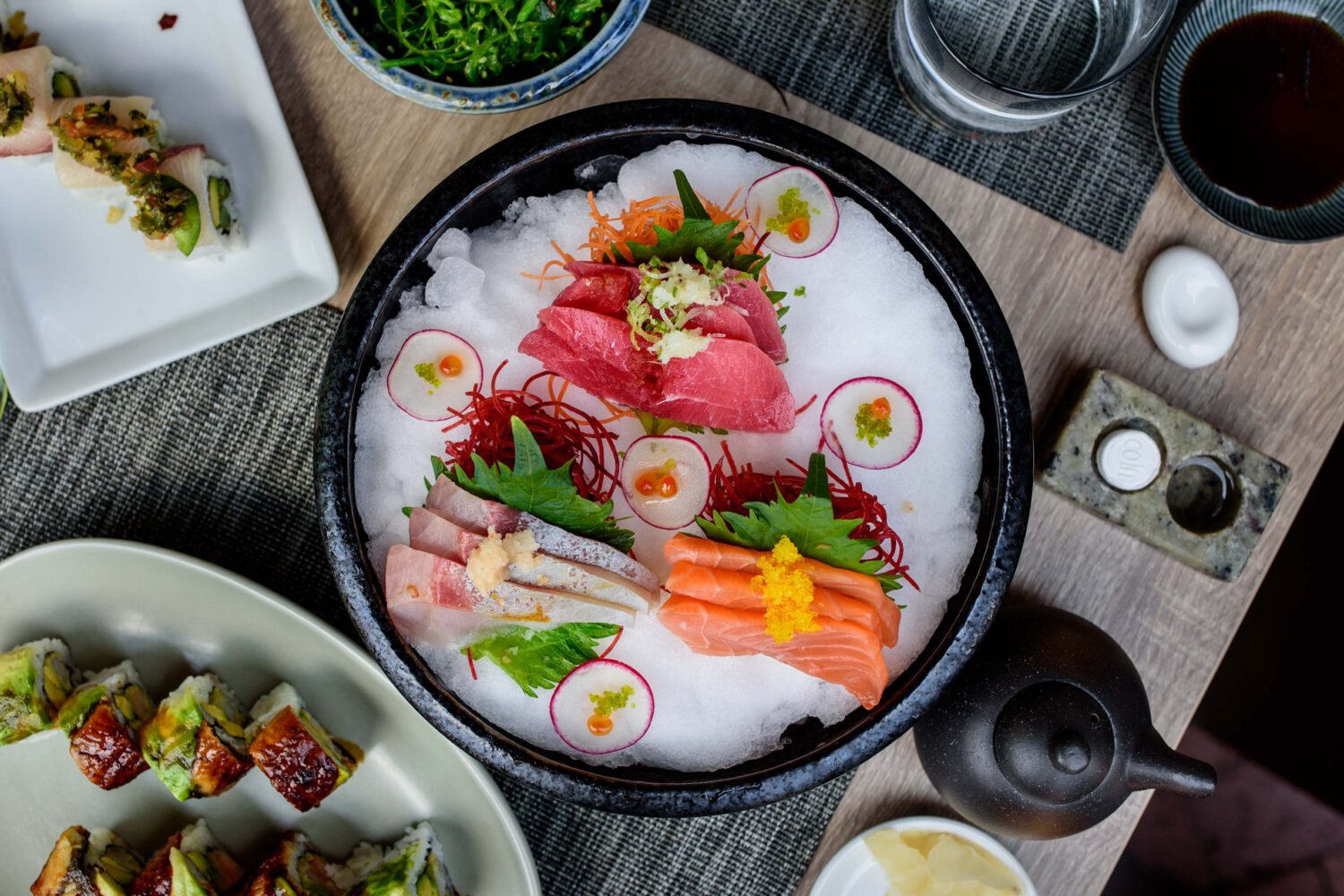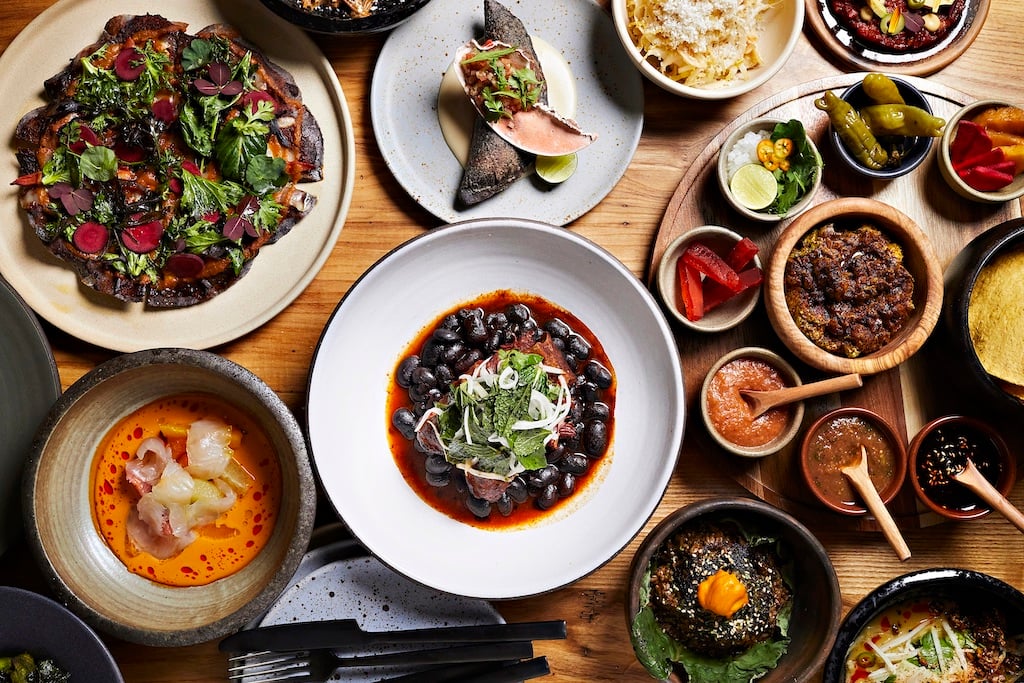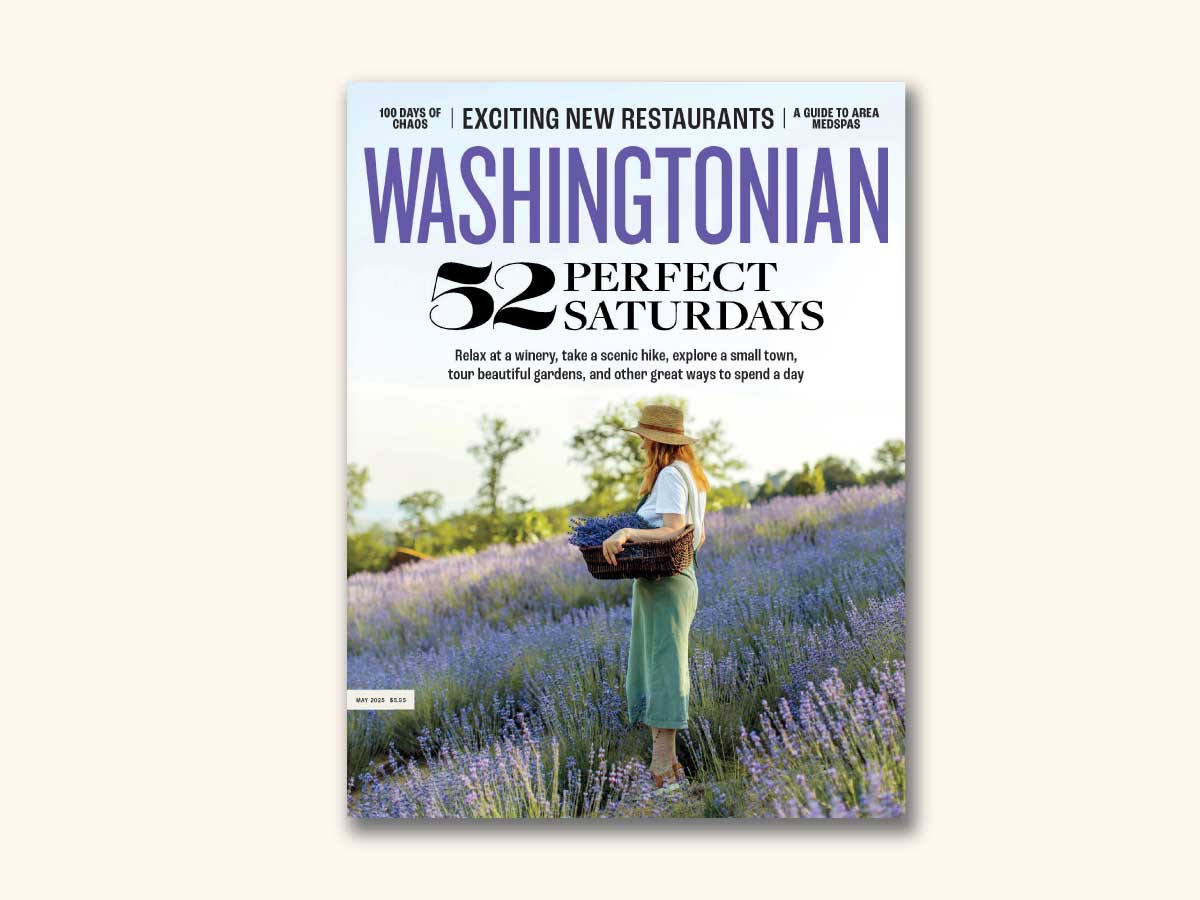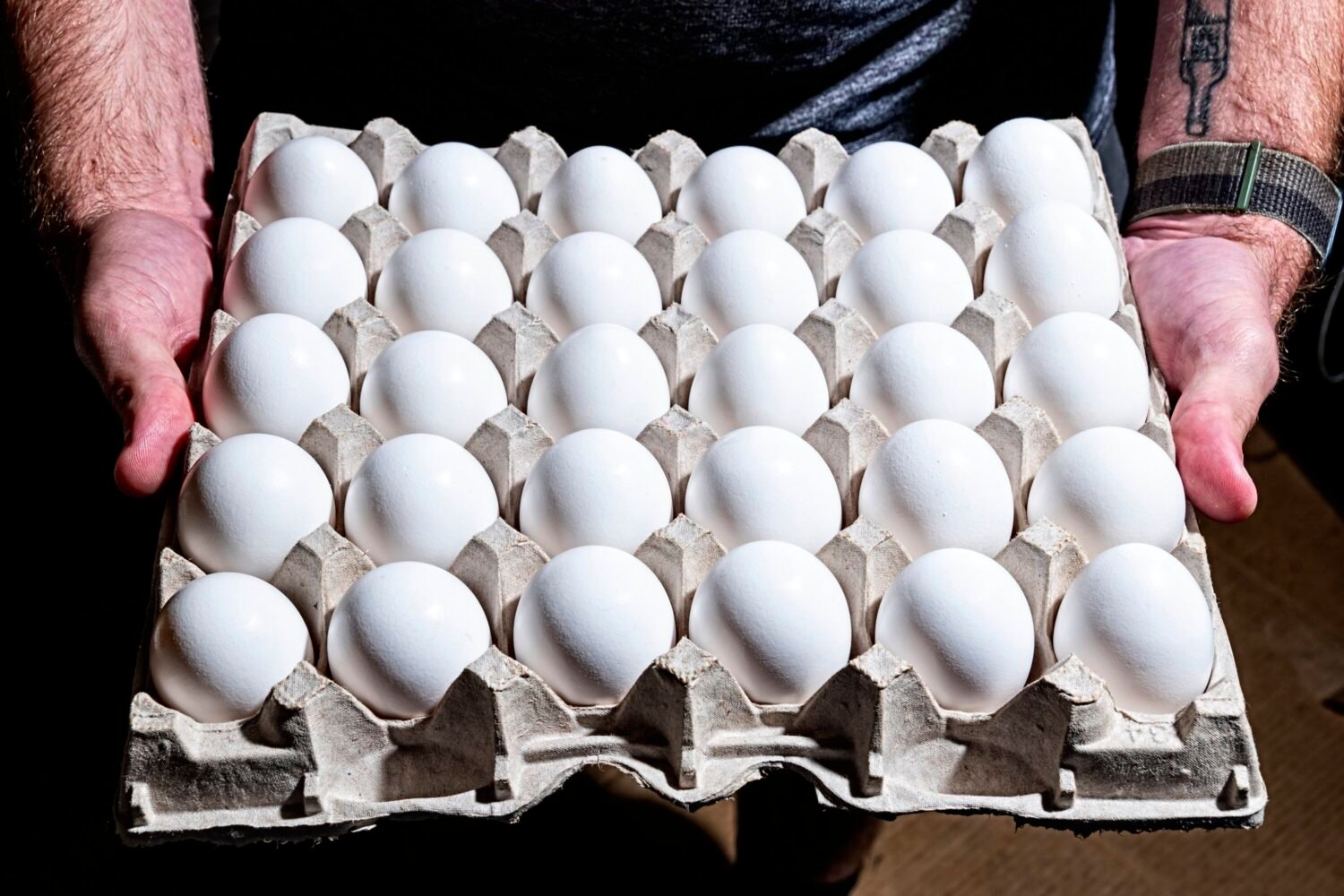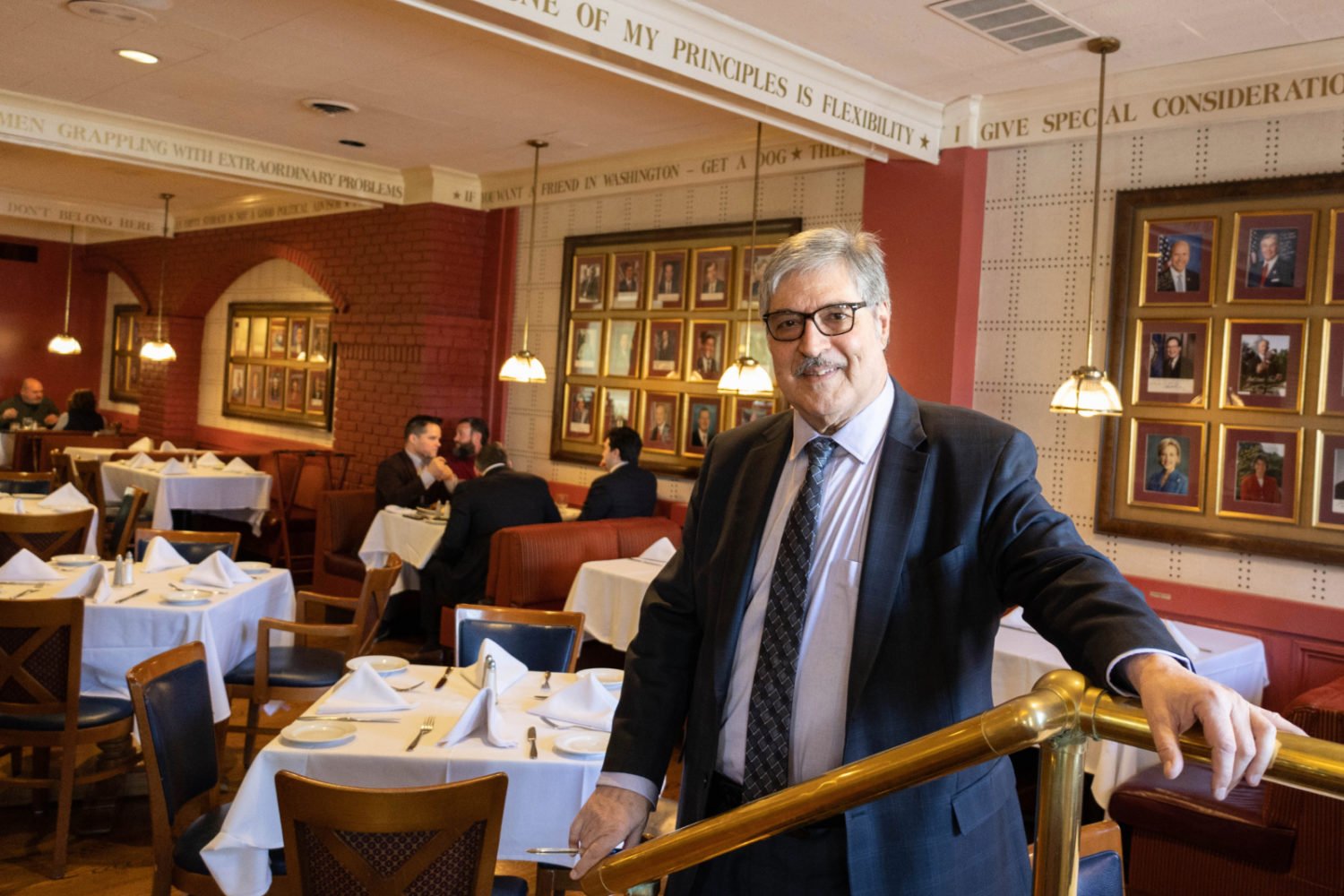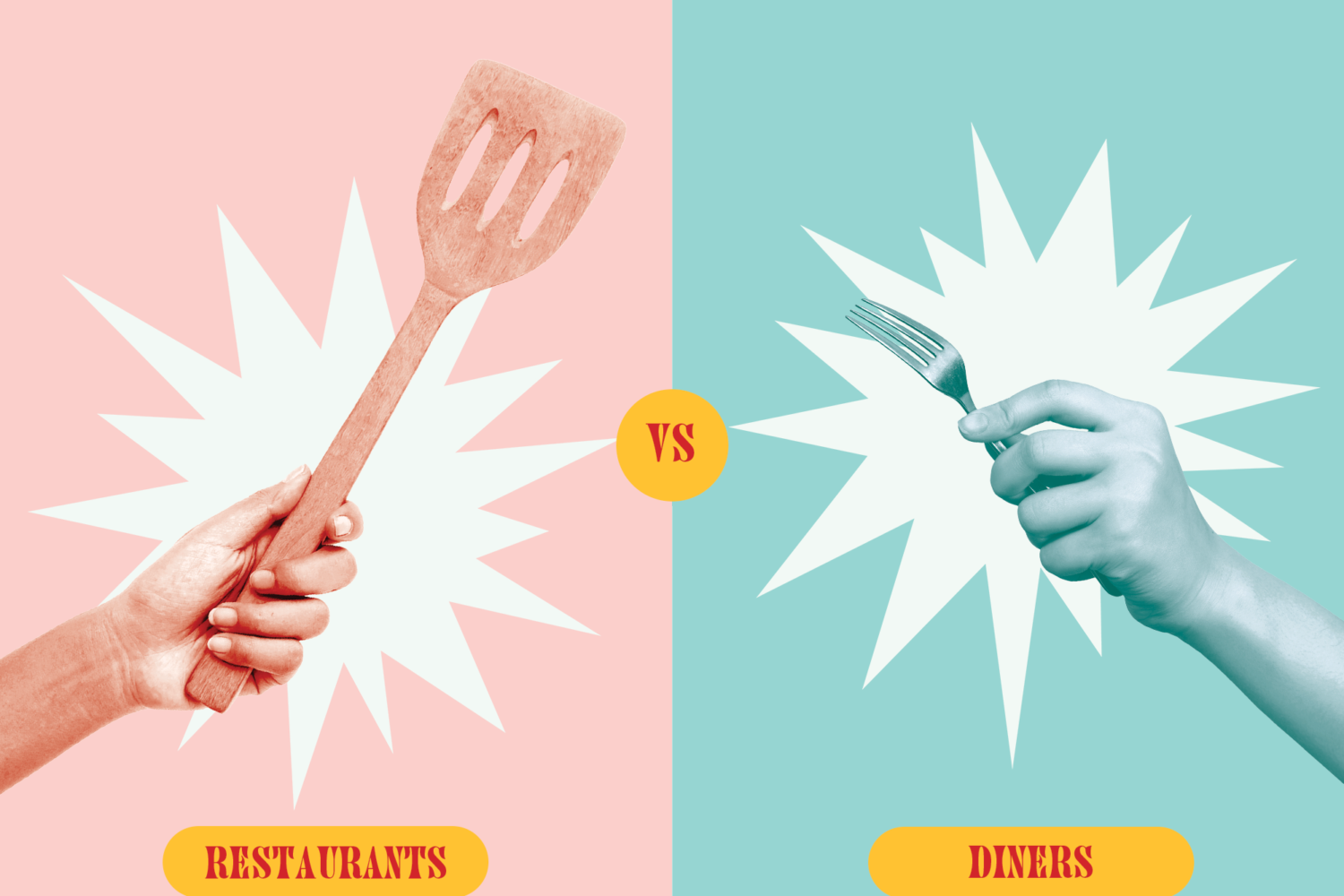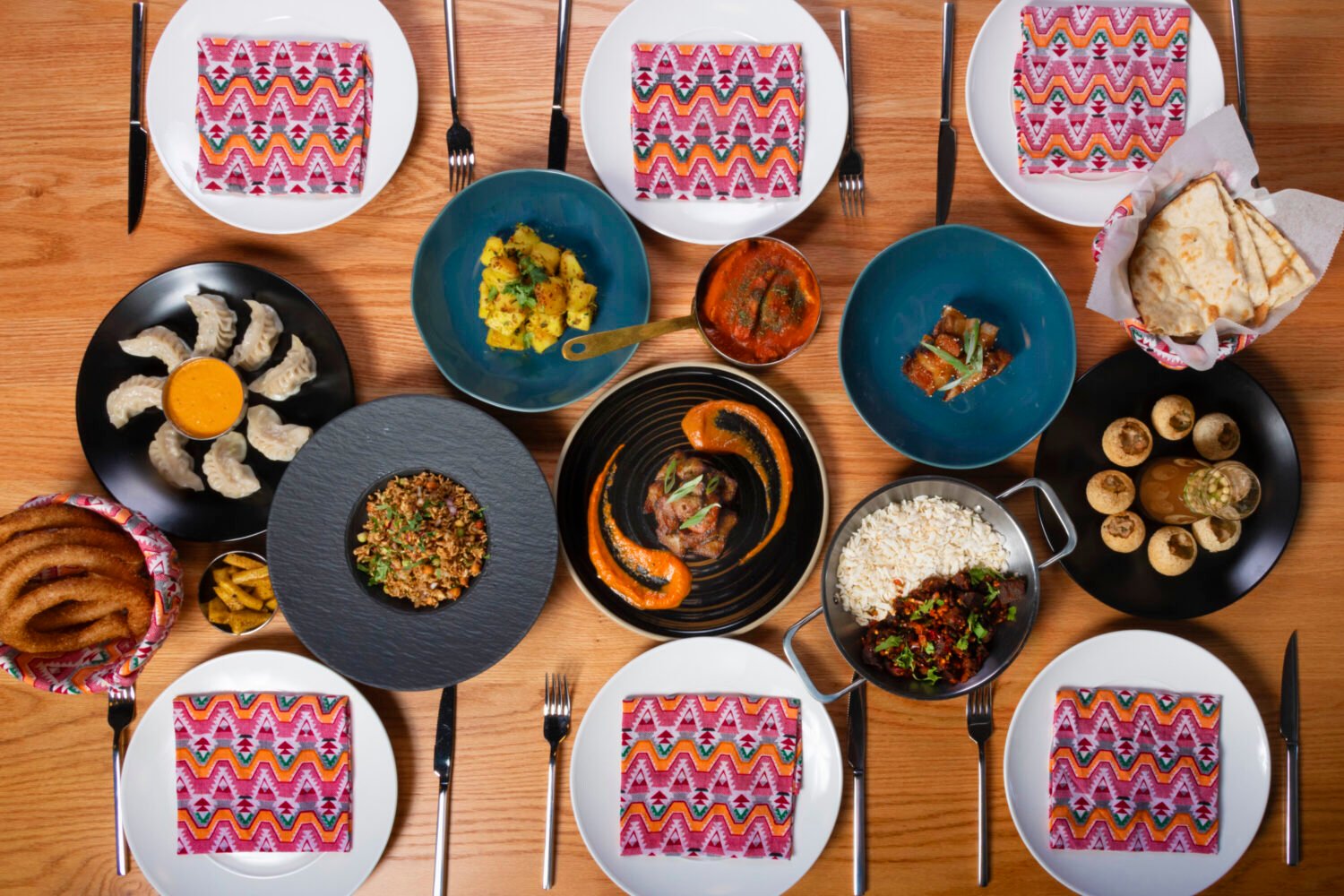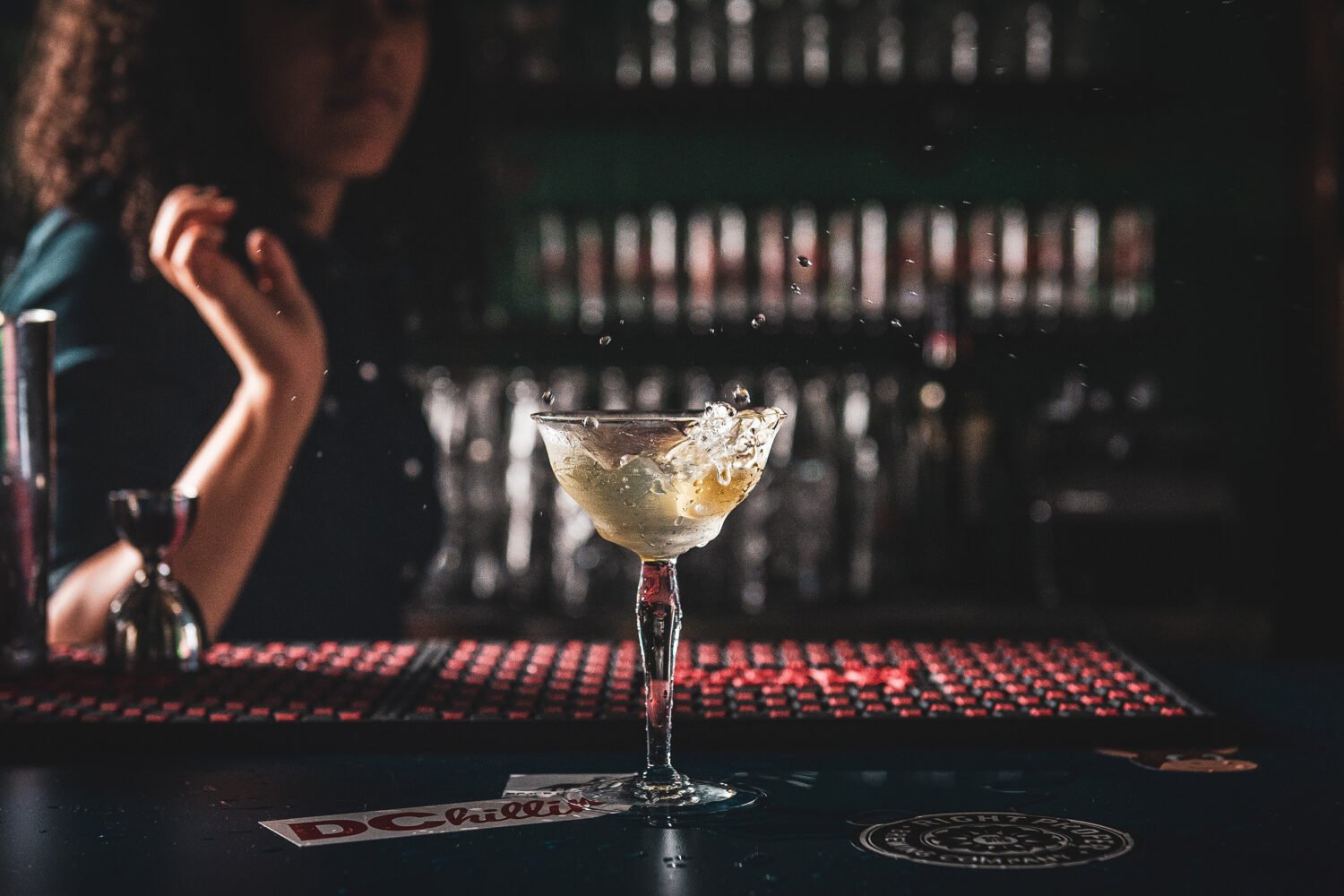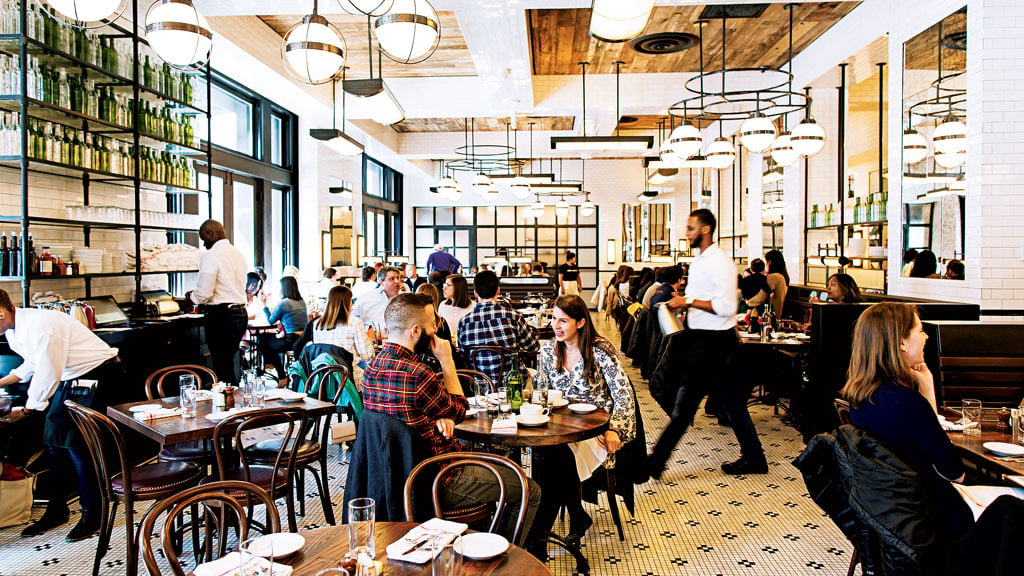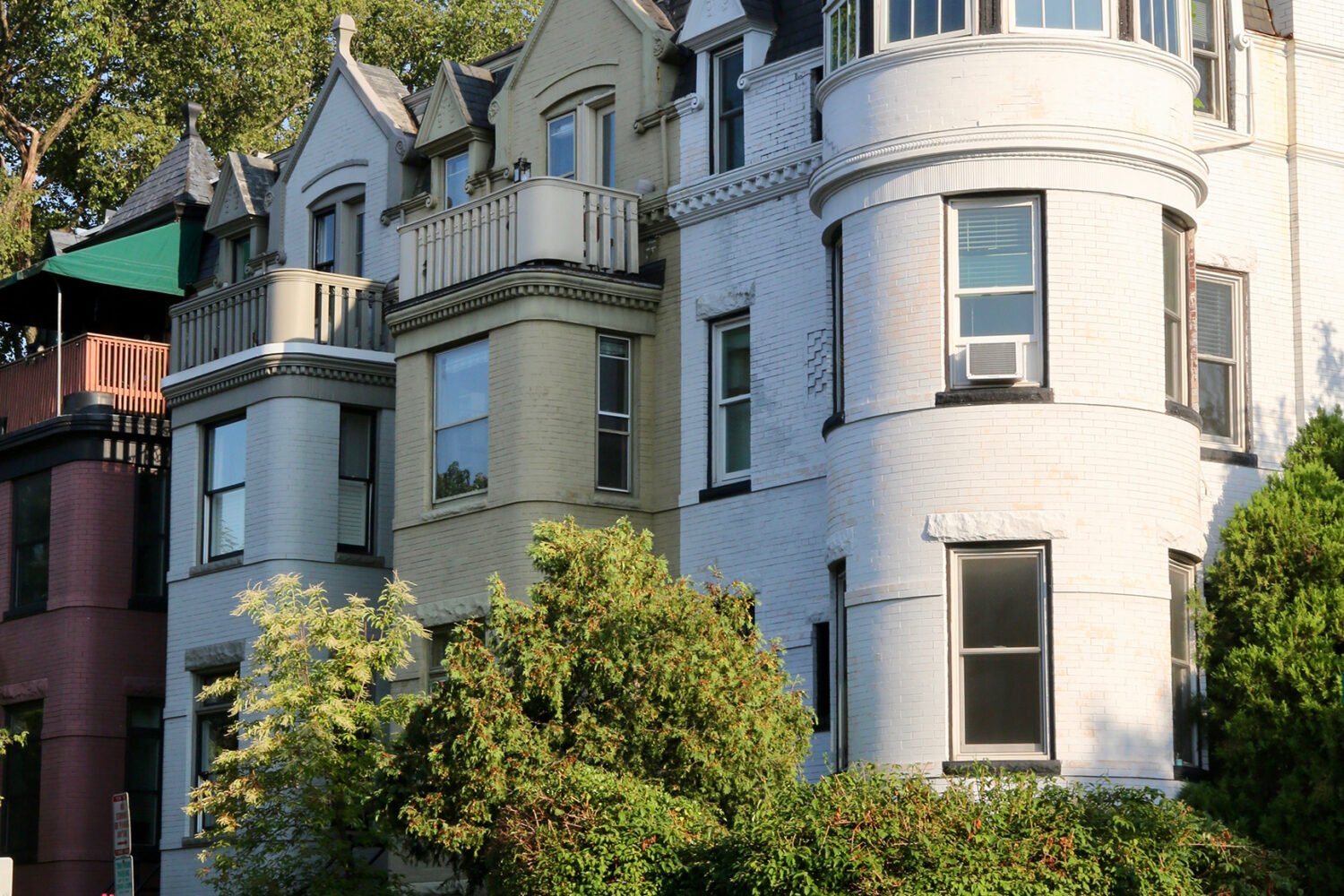The recent headlines were alarming: 44 percent of full-service casual restaurants in DC are likely to close this year.
The stat, which was blasted across local and national news last month, came from a Restaurant Association Metropolitan Washington survey of 217 restaurants, conducted from late January to early February. Among casual sit-down spots—a category that could include everything from your neighborhood pizza joint to a trendy tapas restaurant—11 percent said they were “very likely” to close over the next 12 months, while 33 percent said shuttering was “somewhat likely.”
The online commentariat immediately began pointing fingers: “greedy landlords,” high prices, Donald Trump, crime, and Initiative 82, the ballot initiative that’s upending the way tipped workers are paid. Meanwhile, some MAGA trolls—the story got picked up by Fox Business—cheered on the demise of excess spending in the “swamp.”
Already, the year has kicked off with a number of high-profile closures, including Hill Country Barbecue in Penn Quarter and beloved neighborhood joint Brookland’s Finest. But just how much trouble are DC restaurants really in?
“There’s a lot of skeleton versions of restaurants out there right now and the names would probably surprise you,” says Matt Hetrick, a CPA whose tax-and-accounting firm, Harmony Group, works with nearly 150 area restaurants.
Hetrick says his “watch list” of clients that are in dire financial straits—or who at least need extra attention to deal with fundamental issues—has quadrupled from this time last year. He says he’s now having daily conversations with restaurant operators about how to walk away from their businesses or stop the bleeding.
DC hospitality industry attorney Richard Bianco puts it more bluntly: “The industry’s burning to the fucking ground and nobody’s doing anything about it.” Between the beginning of December and the end of January, he counted about 20 new eviction case hearings on the DC court docket, which “certainly eclipses the numbers that we were seeing from last year.” At his own firm, Bianco says he’s also dealing with “exponentially” more hospitality operators navigating potential closures. “I get five calls a week, and I’m a small shop,” he says.
Still, 44 percent would be an enormous number of closures—far more than DC saw even at the worst of the pandemic. It’s worth looking closer at RAMW’s own survey data, which show slightly less dramatic numbers for other types of restaurants. Of fast-casual restaurants surveyed, 8 percent were “very” and 8 percent “somewhat” likely to close. Zero fine-dining restaurants said they were “very” likely to close, while 20 percent said “somewhat” likely.
All combined: 29 percent surveyed said they were likely to close—9-percent “very” and 20 percent “somewhat.” Not a single restaurant surveyed in the Maryland or Virginia suburbs said they were likely to shutter.
The word “likely” is likely doing a lot of work here. There are more than 2,600 restaurants in DC, according to the National Restaurant Association. If, let’s say, 29 percent of them closed, that’s more than 750 dining establishments. Only 73 restaurants closed last year, according to RAMW.
And not everyone is feeling like it’s doomsday. “I’m bullish or somewhat bullish on the scene just in terms of restaurants because there’s always the cycle, right? We’re going to go down and then we’re going to go up. It’s not like people are never going to spend money to go out to eat anymore,” says Tim Ma, whose restaurants include Any Day Now cafe in Navy Yard, Chinese-American Lucky Danger in Arlington, and others.
Ma says his first quarter this year was actually “really good and March was up across the board.” He also has grand expansion plans in DC this year, including a full-service version of Lucky Danger, an all-you-can-eat sushi spot, an Asian fusion taco bar, and an upscale cocktail lounge.
Ma also believes the lifespan of restaurants has simply shortened. “Naturally, after five years, a lot of restaurants just either re-concept or move on. There’s a certain level of ADHD with the diner,” he says. “We can plan accordingly. Yeah, I may close in five years, but that doesn’t mean it wasn’t successful.”
Why are restaurant owners so concerned?
While it’s impossible to say exactly how many restaurants may actually close, at the very least, what the RAMW survey shows is that a lot of restaurant owners are feeling down about the DC dining scene right now. The pessimism boils down to three main issues. The first is that many restaurants have still not fully recovered from the pandemic. Hetrick, the accountant, says government money from the pandemic that helped keep some businesses afloat is just now running dry. Plus whatever comes next, he notes there’s no “white horse” to rescue restaurants again.
Meanwhile, everything is more expensive, from equipment to ingredients—and everyone is sick of paying more. People are still willing to splurge for the big night out, and they’re still frequenting the cheap casual places. But that middle tier—sit-down neighborhood spots where you might have once eaten a few nights a week—are feeling the hardest hit. Many of those restaurant owners say they can only raise their prices so high before turning off customers.
Lastly, many restaurants are struggling to adjust to Initiative 82, the ballot initiative that is phasing out the tipped wage in DC. The law puts the onus on businesses to pay the base wages for servers, bartenders, and other tipped workers—rather than have the bulk of that money coming from diners’ tips. Whether it’s ultimately a good or bad thing, it’s a big change for the industry and has led a battle over rising menu costs and service fees.
RAMW announced just last week that it will now push to repeal the law. At the very least, the group is hoping to pause its rollout, which is set to raise the tipped wage from $10 to $12 an hour in July. It will continue to incrementally rise until it’s on par with the regular minimum wage—currently $17.50—in 2027. “Without action, we risk irreparable harm to restaurants and employees citywide,” RAMW president Shawn Townsend said in a written statement. (He was “unavailable” for an interview.)
But proponents of Initiative 82 accuse the restaurant association of fear-mongering about restaurant closures in their quest to reverse the law. “There is no significant proof that raising those wages is actually leading to a loss in restaurant growth or in those closures,” says One Fair Wage spokesperson Angelo Greco. “Singling out tipped workers is basically asking the most vulnerable employees in the DC labor market to bear the brunt of Trump’s broader attack on the DC economy. It doesn’t make sense, and it’s a red herring.”
The Trump effects are coming.
While Trump’s firings of federal workers have made for a lot of scary local headlines, so far, the impact on the restaurant scene has largely consisted of isolated anecdotes.
“I would expect to see a ghost town, and Washington, DC has not been a ghost town,” says Patrice Cleary, owner of Filipino restaurant Purple Patch and Joia Burger in Mount Pleasant. She says her restaurants have been doing really well, but she still understands the fear and uncertainty permeating the larger restaurant scene.
“Restaurant owners are scared. They are. They’re just like, ‘What else is next?,” Cleary says. “Are we in for a recession? We are supported by the government that is disappearing right before our eyes.”
Meanwhile, Trump’s tariffs are a particularly big deal for Cork Wine Bar on 14th Street, which sells almost exclusively European wines. Co-owner Diane Gross says her revenue was already down more than 30 percent in February from the previous year—”and last year wasn’t a great year for us.” She was among those who reported being likely to close.
Gross says Trump’s initial threat of a 200 percent tariff on European alcohol would have been a “death knell,” but even 20 percent jeopardizes the wine bar’s chances of survival.
“Restaurants can’t handle one more thing,” Gross says. “And this is the one more thing.”
Meanwhile, restaurants are still opening…
Just because restaurants are closing doesn’t mean new restaurants aren’t opening. Last year, for example, more restaurants opened than closed. And already this year, new spots still seem to be popping up daily. Despite circumstances that she feels are “almost impossible,” even Gross of Cork Wine Bar plans to open a new wine bar and retail shop in DC, albeit one that’s a quarter of the size with no servers and a limited kitchen. “So that obviously shows optimism, but it also shows our business plan,” she says.
A big lingering question: Will the next generation of DC restaurants primarily come from national chains or large restaurant groups with plenty of cash?
Lucky Buns chef/partner Alex McCoy recently shuttered the Wharf location of his burger joint. Traffic was down, costs were up, and he was facing the prospect of $20 burgers—up from the $11 he launched the brand with—to make it all work. He says the economics of a big restaurant space, where he needed at least half a dozen people just to turn the lights on, didn’t make sense for him anymore. Yes, a national chain—Jinya Ramen Bar—is taking over the space.
At the same time, McCoy says the smaller Adams Morgan and Union Market locations of Lucky Buns are doing “great.” He also plans to open two new restaurants this year—Alfie’s, which will serve Thai food in Georgetown, and a permanent outpost of his breakfast-burrito concept Monstera. The big difference is the new places will have smaller footprints and can operate with fewer employees. He sees more of a “European model” going forward, where restaurant owners take a big role in running the kitchen and working the dining room.
“It’s an adaptable industry and DC has always been an adaptable city,” McCoy says. “I think, at the end of the day, there’s a big success story that can pop out of this, which is how restaurant owners and staff adapted and rejuvenated this industry in the city and brought it back from the brink.”

